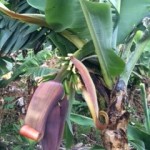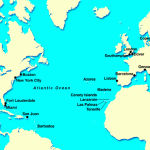In my last post about the special plants that grow in the Azores islands, I mentioned the plant Camellia sinensis deserving a post of it’s own. Did you guess what the plant might be? For those who live in warmer climates you might be thinking of this…

That is a beautiful plant/flower (Camellia japonica), I wish we could grow those in Michigan, but that’s not the Camellia I’m referring to. Camellia sinensis is actually the evergreen shrub whose leaves produce tea. Yes tea lovers this post is for you!
We spent a little time in São Miguel, the largest of the 9 Azores Islands. It was here we visited Gorreana, Europe’s Oldest Tea Plantation, still owned by the same family since 1883. Visiting a tea plantation was a first for me!
The methods used to process the tea in 1883 are still being used today. Very little has changed at Gorreana.
The hedge rows seen below are the Camellia plants that were recently harvested.
Only the delicate new growth on the plant is harvested for tea. Green tea and black tea both come from this plant. More on the difference later. The plants are harvested many times from April-September.
Harvesting used to be done by hand, as seen in this picture.
This is the only process that has changed since 1883. A special type of trimmer is used now, hence the plants in hedges versus the plants in ball shapes.

How the tea is processed is what differentiates black tea from green tea. After the delicate leaves are picked they are sorted, cleaned, crushed, and dried on trays with the fresh ocean air adding a unique fragrant scent. Green tea is steamed to stop oxidation, while black tea is allowed to oxidize creating the dark color and stronger taste. Here’s some of the original machinery that is still used to process the tea.
















